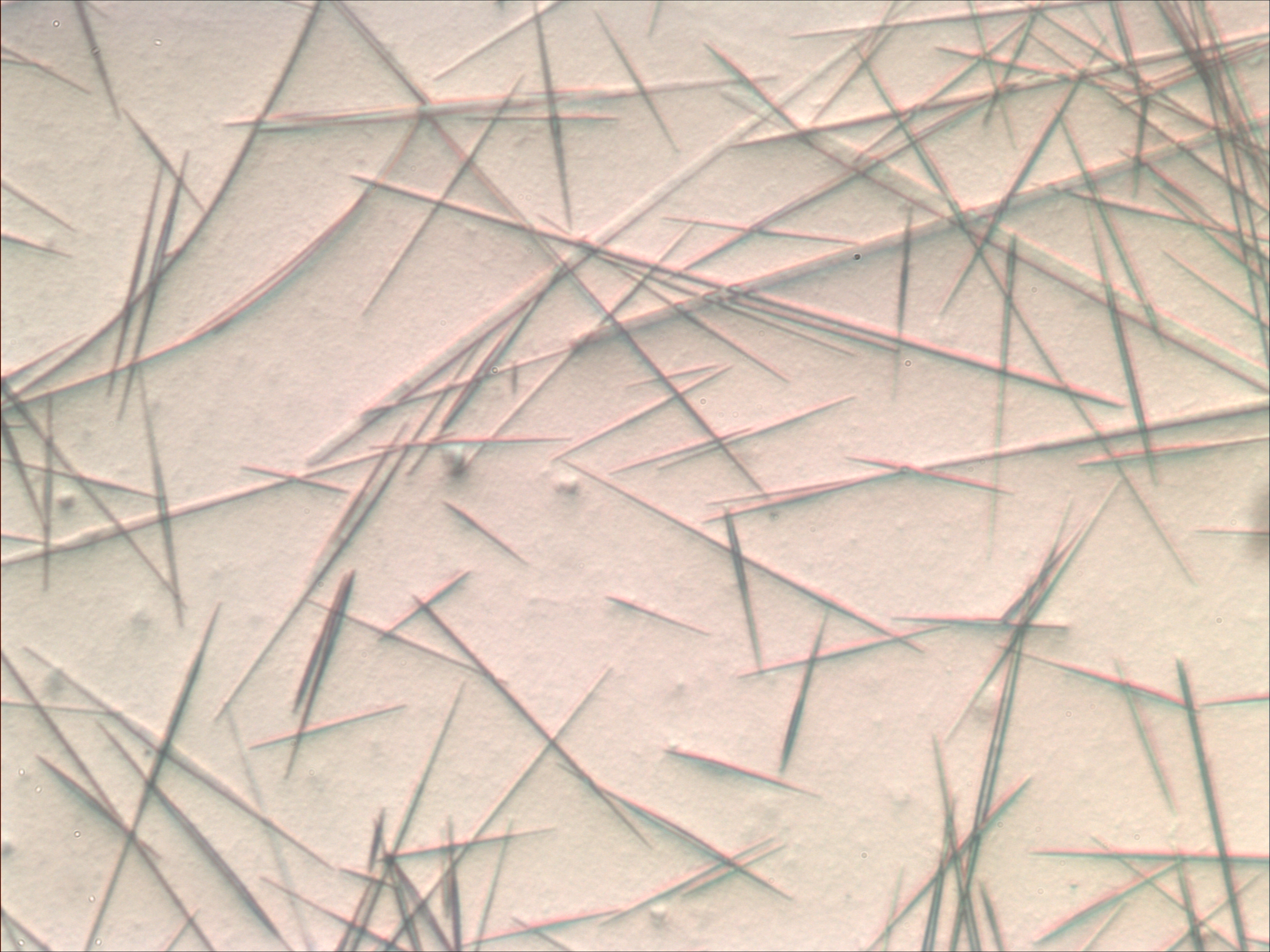|
Tin
Tin is a chemical element with the symbol Sn (from la, stannum) and atomic number 50. Tin is a silvery-coloured metal. Tin is soft enough to be cut with little force and a bar of tin can be bent by hand with little effort. When bent, the so-called "tin cry" can be heard as a result of twinning in tin crystals; this trait is shared by indium, cadmium, zinc, and mercury in the solid state. Pure tin after solidifying presents a mirror-like appearance similar to most metals. In most tin alloys (such as pewter) the metal solidifies with a dull gray color. Tin is a post-transition metal in group 14 of the periodic table of elements. It is obtained chiefly from the mineral cassiterite, which contains stannic oxide, . Tin shows a chemical similarity to both of its neighbors in group 14, germanium and lead, and has two main oxidation states, +2 and the slightly more stable +4. Tin is the 49th most abundant element on Earth and has, with 10 stable isotopes, the largest nu ... [...More Info...] [...Related Items...] OR: [Wikipedia] [Google] [Baidu] |
Carbon Group
The carbon group is a periodic table group consisting of carbon (C), silicon (Si), germanium (Ge), tin (Sn), lead (Pb), and flerovium (Fl). It lies within the p-block. In modern IUPAC notation, it is called group 14. In the field of semiconductor physics, it is still universally called group IV. The group was once also known as the tetrels (from the Greek word ''tetra'', which means four), stemming from the Roman numeral IV in the group names, or (not coincidentally) from the fact that these elements have four valence electrons (see below). They are also known as the crystallogens or adamantogens. Characteristics Chemical Like other groups, the members of this family show patterns in electron configuration, especially in the outermost shells, resulting in trends in chemical behavior: Each of the elements in this group has 4 electrons in its outer shell. An isolated, neutral group 14 atom has the s2 p2 configuration in the ground state. These elements, especiall ... [...More Info...] [...Related Items...] OR: [Wikipedia] [Google] [Baidu] |
Tin(IV) Oxide
Tin(IV) oxide, also known as stannic oxide, is the inorganic compound with the formula SnO2. The mineral form of SnO2 is called cassiterite, and this is the main ore of tin. With many other names, this oxide of tin is an important material in tin chemistry. It is a colourless, diamagnetic, amphoteric solid. Structure Tin(IV) oxide crystallises with the rutile structure. As such the tin atoms are six coordinate and the oxygen atoms three coordinate. SnO2 is usually regarded as an oxygen-deficient n-type semiconductor. Hydrous forms of SnO2 have been described as stannic acid. Such materials appear to be hydrated particles of SnO2 where the composition reflects the particle size. Preparation Tin(IV) oxide occurs naturally. Synthetic tin(IV) oxide is produced by burning tin metal in air. Annual production is in the range of 10 kilotons. SnO2 is reduced industrially to the metal with carbon in a reverberatory furnace at 1200–1300 °C. Amphoterism Although SnO2 is insolubl ... [...More Info...] [...Related Items...] OR: [Wikipedia] [Google] [Baidu] |
Tin Cry
Tin cry is the characteristic sound heard when a bar made of tin is bent. Variously described as a "screaming" or "crackling" sound, the effect is caused by the crystal twinning in the metal. The sound is not particularly loud, despite terms like "crying" and "screaming". It is very noticeable when a hot-dip tin coated sheet metal is bent at high speed over rollers during processing. Tin cry is often demonstrated using a simple science experiment. A bar of tin will "cry" repeatedly when bent until it breaks. The experiment can then be recycled by melting and recrystallizing the metal. The low melting point of tin - makes re-casting easy. Tin anneals at reasonably-low temperature as well, normalizing tin's microstructure of crystallites/grains. Although the cry is most typical of tin, a similar effect occurs in other metals, such as niobium, indium, zinc, cadmium, gallium, and solid mercury Mercury commonly refers to: * Mercury (planet), the nearest planet to the Sun * Merc ... [...More Info...] [...Related Items...] OR: [Wikipedia] [Google] [Baidu] |

